Technologies
Spring Cleaning Pro Tip: Recycle Old Tech and Gadgets for Free
Here’s what to do instead of throwing your old gadgets away. Bonus: It won’t cost a thing.
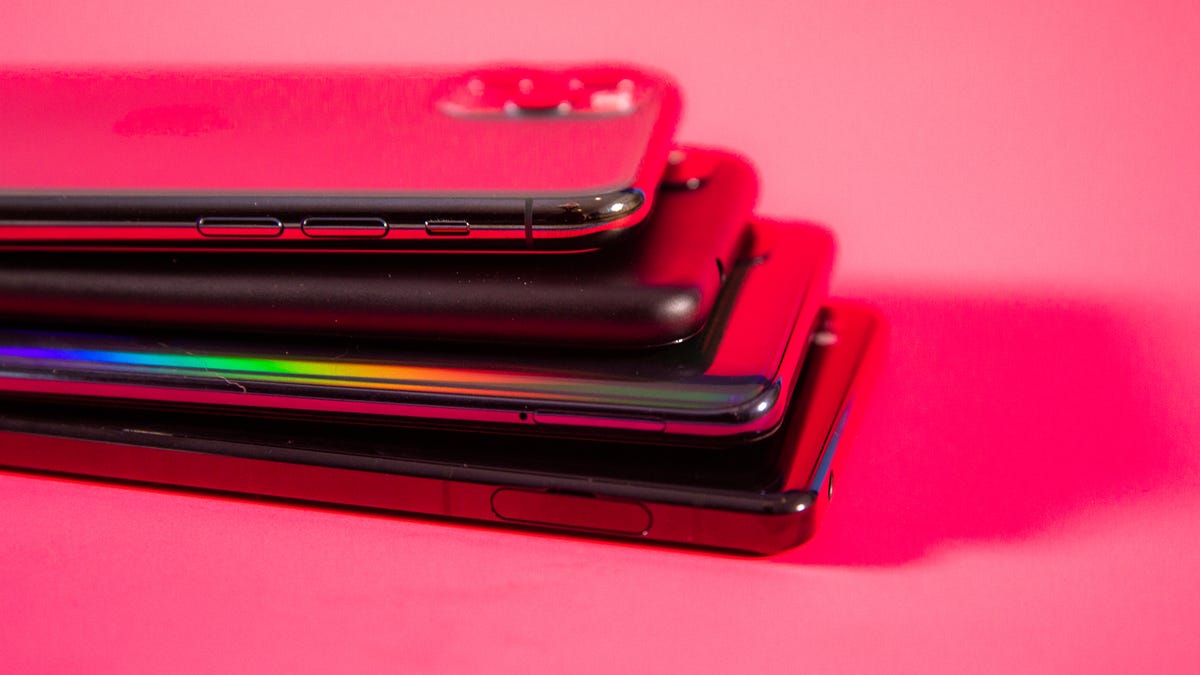
Thinking of spring cleaning? Whether you’re finally cleaning up the junk drawer or upgrading your tech, don’t condemn your old device to your in-home gadget graveyard — or worse, the garbage. We all hang onto outdated tech for our own reasons, but there are also multiple ways to repurpose old devices for your smart home, using them as security cameras and more.
Whatever the tech, when it’s finally time to say goodbye, there’s a right way to dispose of your old gadgets — and there are a lot of wrong ways. We’ll show you which is which.
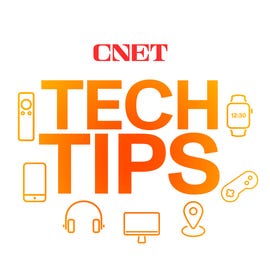

What to do before you get rid of a device
When you’re finished with a gadget, make sure it’s also finished with you. Make sure to back up anything you want off the device — photos, videos, songs — and then perform a factory reset. Here are a few CNET articles to help clarify the finer points of wiping a device:
- How to Wipe Your Phone or Tablet Before You Sell It
- The Best Way to Completely Wipe Your Android Device
- What to Do With Your iPhone or Android Phone Before Donating It
- How to Reset and Clean My Laptop to Give to Someone Else?
Here are the best places here in the US to recycle, repurpose or give new life to your old technology.
How to recycle smartphones
Smartphone Recycling lets you print a free FedEx shipping label or request a recycling kit. Ship your old smartphone and you might even get paid, depending on the device’s condition and age. Smartphone Recycling accepts devices in bulk, so you have to ship a minimum of 10. Depending on how long you’ve been hoarding phones, you might meet this quota on your own. If not, check with friends and family and make it a group effort.
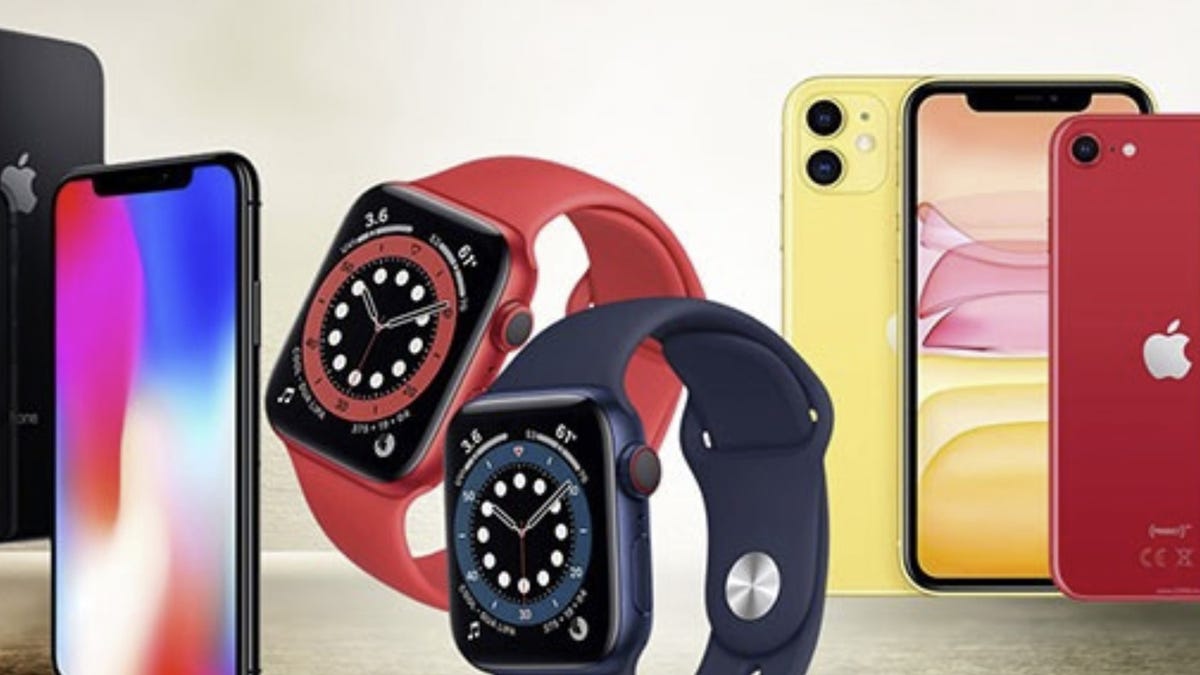

If you succumbed to the siren song of the newest gadget, even if your current device wasn’t on its last leg, we’re not here to judge.
Woot/Screenshot by CNETWhat you can recycle: Smartphone Recycling accepts smartphones, cell phones, MacBooks, tablets, iPhones, iPads, iPods and Apple Watches, as well as batteries attached or installed in devices.
Best Buy
Best Buy accepts a wide range of tech products and generally takes three items per house per day. Specifics may vary depending on where you live, but you can check with the state-specific recycling information dropdown menu on the site.
Best Buy also offers a haul-away option for larger appliances like TVs, dishwashers, freezers, microwaves, treadmills and exercise bikes. If you’ve ordered a new product, Best Buy will take away your old one for recycling. There’s also a stand-alone haul-away option that costs $200. You can have two large items hauled away as well as an unlimited number of smaller items, with some exceptions.
What you can recycle: Best Buy can take TVs, cables and chargers, media players, projectors, laptops, hard drives, webcams, cellphones, calculators, radios, landlines, headsets, vacuums, fans, ink and toner cartridges, alarm clocks, speaker systems, e-readers, video game consoles, memory cards, camcorders, digital cameras, GPS devices and more.
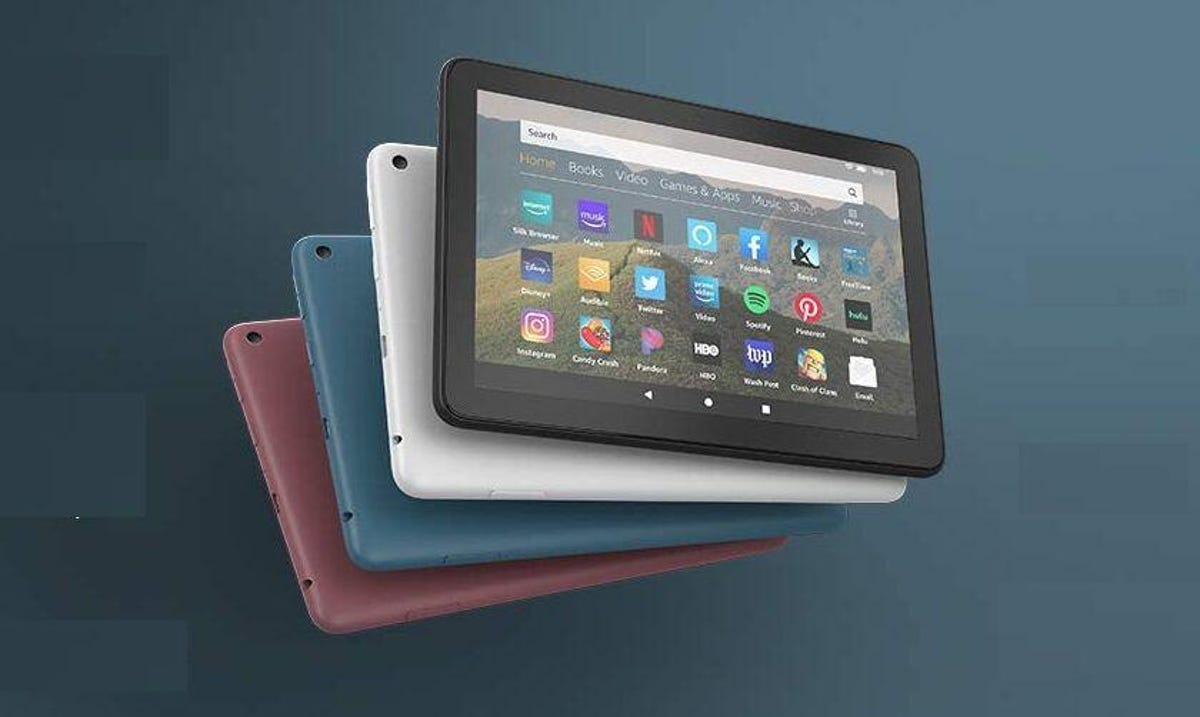

If you don’t want to recycle your tablet, there are places to donate technology.
AmazonStaples
Office supply store Staples also offers free recycling options for old technology. Staples accepts up to seven items per customer per day. The company also has various haul-away options, driver pickup and pallet pickup, as well as prepaid address labels available.
What you can recycle: Staples can recycle accessories, adapters, cables, computers, cordless and mobile phones, digital cameras, laptops, routers, tablets, webcams, ink and toner and other office tech items.
Home Depot
Home Depot has an explainer on its website about how to safely dispose of dead batteries, old paint, electronics and other items, as well as tips for upcycling and repurposing. According to RecycleStuff.org, the services are drop-off only for residential customers.
What you can recycle: According to RecycleStuff.org, Home Depot accepts household alkaline batteries (AA, AAA, C, D, 9V), lithium-ion batteries, nickel-cadmium batteries, rechargeable household batteries, cell phones and LED light bulbs.
US Environmental Protection Agency
The EPA doesn’t handle recycling and drop-offs the same way other businesses do, but it does have a handy guide that makes it easier to get the information you need. The EPA’s directory breaks down donation and recycling by electronic device, company name, logo and any additional details.
What you can recycle: Again, the EPA’s directory links you out to specific companies and their policies, but according to the list, you can recycle and donate mobile devices, PCs and TVs as well as imaging equipment and supplies.
Electronics Take-Back Coalition
Like the EPA, Electronics Take-Back Coalition makes it easy to find manufacturer take-back programs in the US. You can browse over 25 companies’ take-back program summaries, including Acer, Apple, Dell, HP, Lenovo, Panasonic, Sony and more.
The Electronics Take-back Coalition doesn’t handle the recycling, but it can direct you to the proper resource for your needs.
What you can recycle: Depending on the company, you can find places to turn in iPhones, iPads, smartphones, monitors, computers, printers, keyboards, mice, DVD and VHS players, cameras, TVs and more.
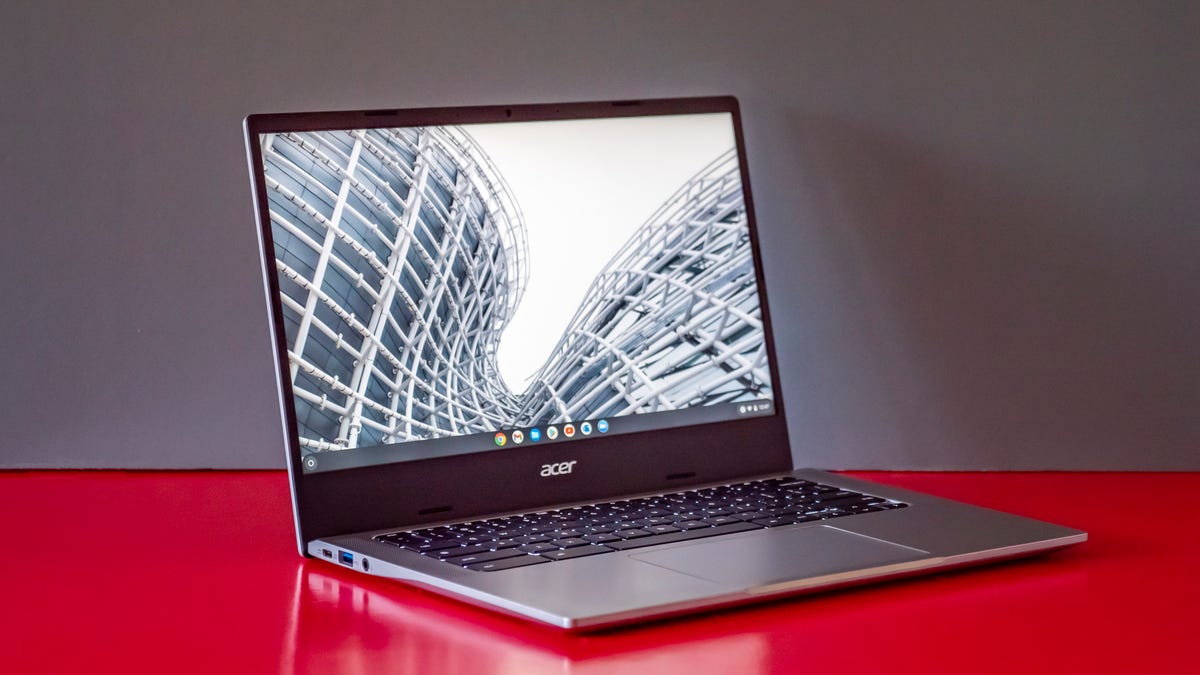

Your laptop can be recycled, donated or repurposed. We’ll tell you where to look.
Josh Goldman/CNETEcoATM
EcoATM gives you a price estimate for your old phone that you can lock in on the mobile app using your old device’s IMEI number. EcoATM will ask a few questions about your device like brand, model, memory, carrier and condition before generating a quote. From there, you can visit one of the organization’s kiosks, located at stores like Kroger, Walmart and Dollar General.
What you can recycle: EcoATM can help with iPhones, Samsung smartphones, tablets and MP3 players, Google Pixel phones, LG phones and tablets, Motorola phones and ZTE phones. You can also recycle chargers and cellular accessories like cases, but you won’t be paid for them.
Earth911
Earth911 lets you search by device and ZIP code to find appropriate nearby locations to turn in old phones. When you visit the organization’s website, click Where to Recycle at the top of the page to get started. Earth911 works with well-known businesses like Lowe’s and Target, as well as local waste and recycling centers.
What you can recycle: Earth911 helps you find locations to recycle, but it will also note the materials the location accepts, whether it allows drop-off or pickup for residential or businesses, as well as any additional information.
Recycling for Charities
Recycling for Charities accepts technology donations, but gives a percentage of the device’s value to the charity of your choosing. Scroll through a directory of charities, select one, enter the required information and click donate. Charities receive anywhere between 25 cents and $100 from your items.
What you can recycle: Wireless cell phones and corresponding batteries, iPhones, wireless pagers, digital cameras, iPods, PDAs and Palm Pilots.
Call2Recycle
Call2Recycle is a battery-focused recycling program. The organization offers drop-off options at locations like Home Depot, Lowe’s and Staples, as well as shipment boxes for batteries and cell phones. Drop-offs are free, but recycling kits and shipment boxes cost between $45 and $115, depending on the size.
What you can recycle: Rechargeable batteries like Nickel Cadmium, Nickel Metal Hydride, Lithium Ion, Nickel Zinc and Small Sealed Lead Acid weighing up to 11 pounds. Call2Recycle also accepts single-use batteries like AA, AAA, 9V, C, D and button cell batteries weighing up to 11 pounds. The organization also accepts cell phones and their corresponding batteries regardless of size, make, model or age.
For more information, check out five things you can recycle (and five things you can’t) and the right way to recycle plastic and the dos and don’ts of recycling metal cans.
Technologies
Repair Your Electronics at Home With This Rare Black Friday Discount on the iFixit Pro Tech Go Toolkit
This toolkit rarely goes on sale, so take advantage of this opportunity to snag it for only $40.

While Black Friday is an excellent time to replace old smartphones or broken laptops at a discount, not everyone is looking to splurge on new tech right now. If you’re shopping on a budget, or simply like the devices that you have and aren’t ready for an upgrade, investing in an electronics repair kit may be a wise option. We’ve spotted a discount on the iFixit Pro Tech Go tech toolkit, bringing its price down to just $40. But don’t delay, Black Friday is in its final hours and this kit rarely goes on sale.
The iFixit Pro Tech Go kit can be used to open up and repair a wide range of electronics, including smartphones, laptops, gaming consoles, and smart home devices for DIY repairs like battery or screen replacements. The kit has a 32-bit Moray driver kit, an opening tool, a suction handle, a jimmy, a spudger and angled tweezer to carefully open your devices.
Don’t miss any of our unbiased tech content and lab-based reviews. Add CNET as a preferred Google source.
Repairing your own tech can save you hundreds or even thousands of dollars. It also reduces e-waste by helping your devices last longer rather than throwing them away over minor issue. As of this year, all 50 states have introduced right-to-repair legislation designed to give people a legal right to fix their own tech, and several states have already signed it into law.
You can check out more deals from iFixIt now on Amazon. Plus, for other budget buys, check out our roundup of the best Black Friday deals under $100.
MOBILE DEALS OF THE WEEK
-
$749 (save $250)
-
$475 (save $175)
-
$499 (save $300)
-
$900 (save $400)
Why this deal matters
This is a record low price on a repair kit that rarely goes on sale. While we did see a modest discount on the iFixit Pro Tech Go toolkit during Amazon Prime Day in July, it was not marked down for October Prime Day or other sales such as Memorial Day or Labor Day. As such, it’s fairly unlikely that we’ll see it go on sale again this season, so this might be your last chance to get the toolkit for only $40.
Join Our Daily Deals Text Group!
Get hand-picked deals from CNET shopping experts straight to your phone.
By signing up, you confirm you are 16+ and agree to receive recurring marketing messages at the phone number provided. Consent is not a condition of purchase. Reply STOP to unsubscribe. Msg & data rates may apply. View our Privacy Policy and Terms of Use.
Technologies
Don’t Say Goodbye to Black Friday Yet. These Rare Apple Discounts Are Still Going Strong
Technologies
What a Ban Would Actually Mean for DJI Drone Owners and Holiday Shoppers
What’s the secret to a very un-merry shopping season? A brand new, unusable drone.
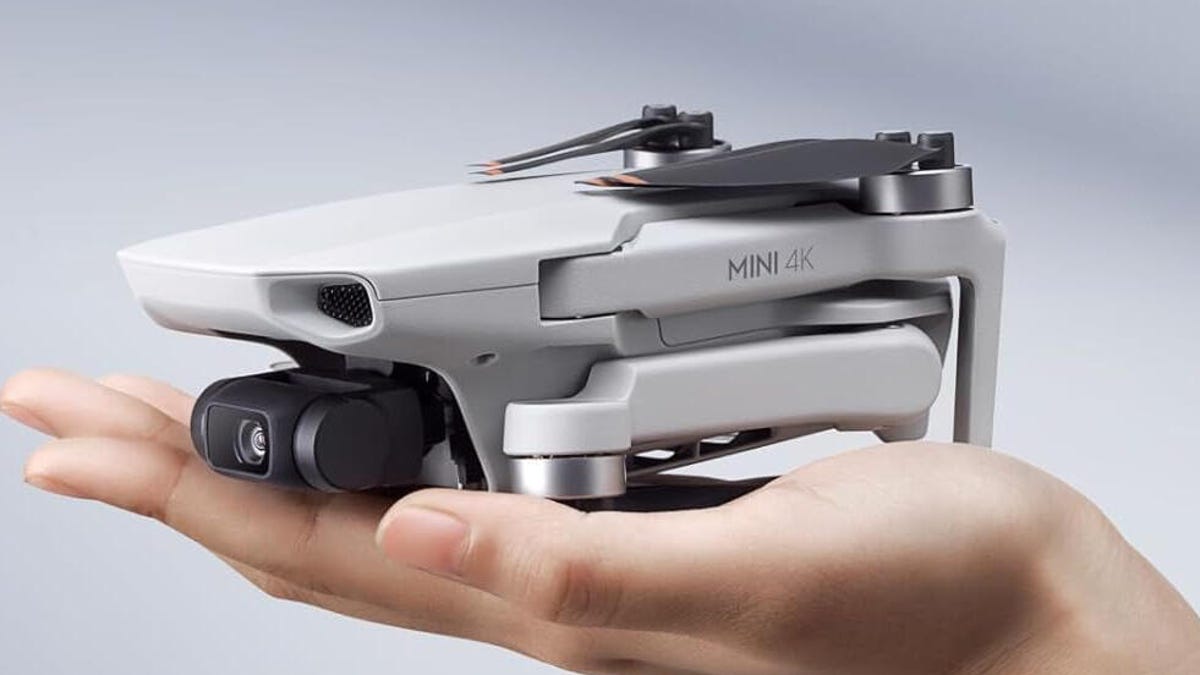
With Thanksgiving wrapped up and the Black Friday shopping sales here, if a DJI drone is on your holiday wish list, you might want to hit «buy» immediately. The company has issued a stark warning: Its drones could be banned from sale in the US, and the deadline is looming.
The Federal Communications Commission voted 3-0 at the end of October to «close loopholes» that allow tech deemed a «national security risk» to be sold in the US. In plain English, the US government is clearing the path to give DJI the same treatment it gave Chinese phone-maker Huawei, effectively banning its products from the American market.
The US government has deemed DJI, which is based in China, a security risk. It’s also considering a separate ban on TP-Link routers.
DJI is already sounding the alarm, posting on Instagram that a «deadline that could decide DJI’s fate in the US is just 43 days away» (now 19 days away). The company is warning that without an audit, its products could face an «automatic ban.» The US government has long labeled the Chinese drone maker a security risk, and it looks like the hammer might finally be coming down right before the holidays.
Don’t miss any of our unbiased tech content and lab-based reviews. Add CNET as a preferred Google source.
The vote isn’t the end of the road, however. Future bans would need to target specific products and would require a period of public consultation. But it appears the groundwork is being set for the FCC to block sales of future and some existing DJI drones from US shores, as well as products that use DJI technology.
The government has called for a DJI audit by the end of the year, but if that doesn’t happen, DJI drone products could be banned for sale by default under a national security law.
DJI asks for a security audit before any ban
A representative for DJI told CNET that while the FCC vote references a rule change that doesn’t currently apply to DJI specifically, the National Defense Authorization Act deadline in December would put Chinese companies like it on the FCC’s ban list, «without any evidence of wrongdoing or the right to appeal.»
Adam Welsh, head of global policy at DJI, said the company has repeatedly said it would be open to audit, but that «more than 10 months have now passed with no sign that the process has begun.»
«The US government has every right to strengthen national security measures, but this must go hand in hand with due process, fairness, and transparency,» Welsh said.
Welsh said DJI is urging the government to start the audit process or grant an extension.
Will DJI drone owners need to give them up?
Because the ban would apply to new sales, not drones that have already been sold, a DJI drone you already own would still be legal to use — at least under current rules.
Government agencies, however, are prohibited from purchasing or using drones from Chinese companies, including DJI.
DJI’s drones consistently rank high in their product category. In January, they dominated CNET’s list of best drones for 2025. But some of the company’s newest products, such as the DJI Mavic 4 Pro, haven’t been available for sale in the United States.
Even DJI products that are not yet banned may be hard to find. The website UAV Coach has posted a guide to the bans and reports that, due to inventory issues, most DJI drone models are sold out at retailers regardless of future FCC action.
-

 Technologies3 года ago
Technologies3 года agoTech Companies Need to Be Held Accountable for Security, Experts Say
-

 Technologies3 года ago
Technologies3 года agoBest Handheld Game Console in 2023
-

 Technologies3 года ago
Technologies3 года agoTighten Up Your VR Game With the Best Head Straps for Quest 2
-

 Technologies4 года ago
Technologies4 года agoBlack Friday 2021: The best deals on TVs, headphones, kitchenware, and more
-

 Technologies4 года ago
Technologies4 года agoVerum, Wickr and Threema: next generation secured messengers
-

 Technologies4 года ago
Technologies4 года agoGoogle to require vaccinations as Silicon Valley rethinks return-to-office policies
-

 Technologies4 года ago
Technologies4 года agoOlivia Harlan Dekker for Verum Messenger
-

 Technologies4 года ago
Technologies4 года agoiPhone 13 event: How to watch Apple’s big announcement tomorrow
